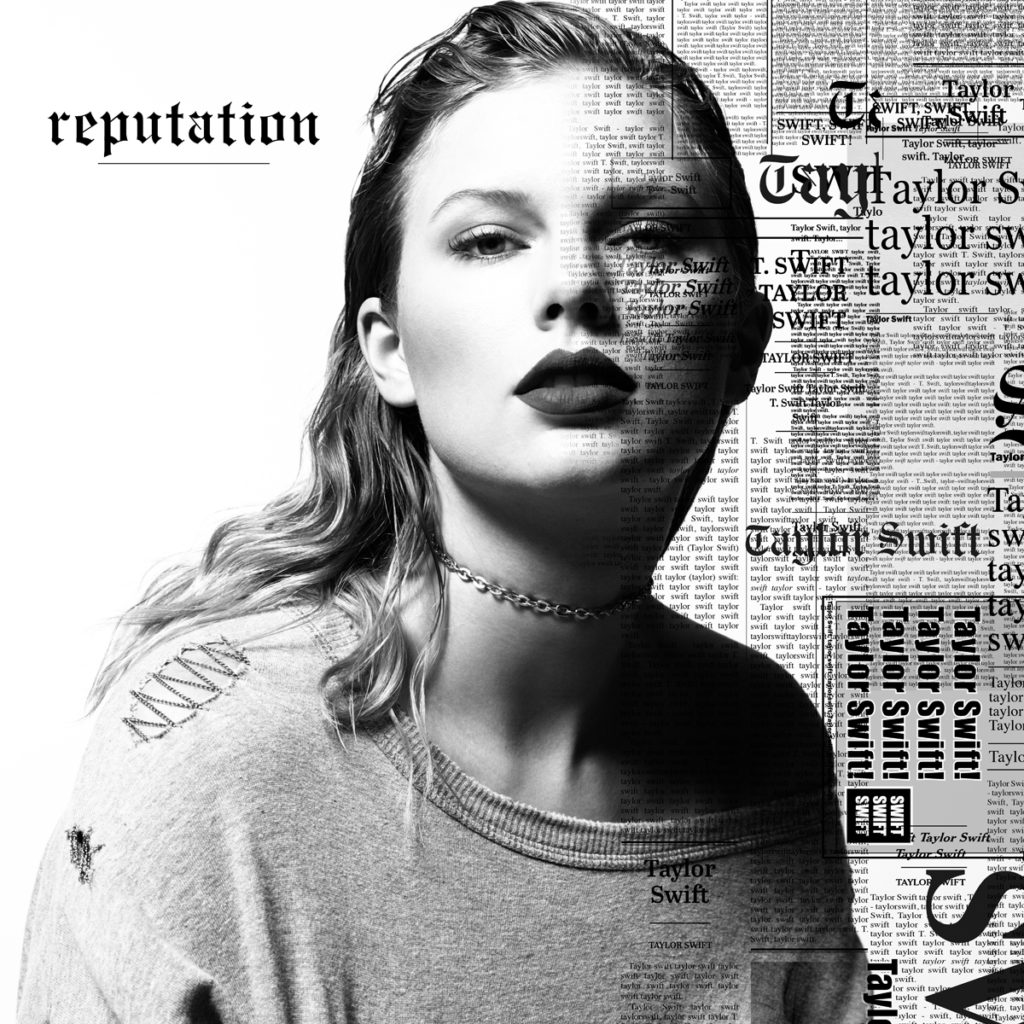In the sprawling realm of modern music, Taylor Swift stands as a towering figure whose influence extends far beyond her songs. As a fervent Swiftie, I’ve closely observed her journey—a saga of meticulously crafted public persona and relentless evolution in the face of shifting public opinions. From her humble beginnings as a country starlet to her current status as a global pop icon, Taylor has demonstrated an uncanny ability to control her narrative and navigate the tumultuous waters of fame. This article delves into how Taylor Swift has managed her public image, how it has evolved, and how she has deftly responded to both adoration and backlash.
The Genesis: Crafting the Country Girl Image
When Taylor Swift first graced the music scene with her self-titled debut album in 2006, she was introduced to the world as the quintessential country girl. Her image was carefully curated to reflect innocence, authenticity, and the charm of small-town America. Songs like “Tim McGraw” and “Teardrops on My Guitar” painted a picture of a relatable, earnest teenager with a gift for storytelling. This image resonated deeply with fans and laid the foundation for her rapid ascent to stardom.
In those early years, Taylor’s persona was defined by her blonde curls, sundresses, and ever-present guitar. She embodied the all-American girl-next-door, a stark contrast to the edgier personas of some of her contemporaries.
This wholesome image wasn’t just a marketing strategy; it was a reflection of who Taylor was at the time—a young girl from Pennsylvania with big dreams and a lot of talent.
Fearless and Speak Now: Growing Up in the Spotlight

The release of “Fearless” in 2008 marked a significant step in Taylor’s career. The album’s success catapulted her to global fame, with hits like “Love Story” and “You Belong with Me” becoming anthems for teenagers worldwide. During this era, Taylor’s image evolved to reflect a slightly more mature, yet still relatable, persona. She continued to sing about her personal experiences, endearing herself to fans who felt they were growing up alongside her.
With “Speak Now” in 2010, Taylor began to take even greater control over her music, writing all the songs on the album herself. This move was a clear statement of her artistic independence and reinforced her image as a serious musician. Songs like “Mine” and “Back to December” showcased her growing maturity, both lyrically and thematically, while still maintaining the relatability that had endeared her to her audience.
Red: Experimentation and Public Scrutiny
The release of “Red” in 2012 marked a significant departure from Taylor’s country roots. The album incorporated elements of pop and rock, signaling a shift towards a more mainstream sound. The lead single, “We Are Never Ever Getting Back Together,” was a clear indicator of this evolution. Taylor’s image also began to transform—she started to shed her country girl persona, embracing a more glamorous and sophisticated look.
However, this period also marked the beginning of intense public scrutiny and backlash. Taylor’s high-profile relationships and the subsequent breakup songs became fodder for tabloids and critics alike.
She was often labeled as a serial dater, with some accusing her of using her relationships for publicity. Despite this, Taylor remained unapologetic, using her experiences as fuel for her music. Songs like “All Too Well” and “I Knew You Were Trouble” provided raw, unfiltered glimpses into her personal life, further solidifying her reputation as an authentic storyteller.
1989: The Pop Reinvention

The release of “1989” in 2014 marked a complete reinvention of Taylor’s public image. The album was a full-fledged pop record, and its success cemented her status as one of the biggest pop stars in the world. The “1989” era was characterized by a bold, new image—Taylor traded her country roots for a sleek, urban aesthetic. Her transformation was complete, and she embraced her new role with confidence.
However, with great success came increased scrutiny. The backlash during this period was intense, with critics questioning her authenticity and accusing her of being calculating.
The infamous feud with Kanye West and the subsequent fallout with Kim Kardashian led to a very public shaming, with the hashtag #TaylorSwiftIsOverParty trending worldwide. Taylor was painted as a manipulative figure, and her image took a significant hit.
Reputation: Embracing the Snake

In response to the backlash, Taylor took a step back from the public eye and re-emerged in 2017 with “Reputation.” The album was a stark departure from her previous work, featuring a darker, edgier sound. The accompanying image was equally bold—Taylor embraced the “snake” persona that had been used against her, turning it into a symbol of resilience and defiance. Songs like “Look What You Made Me Do” and “End Game” addressed her critics head-on, showcasing a more assertive and unapologetic side of her.
This era was marked by a significant shift in Taylor’s public persona. She no longer sought to be the girl-next-door; instead, she embraced the controversy and used it to fuel her artistry.
The “Reputation” era was about reclaiming her narrative and asserting her independence in the face of public scrutiny. It was a bold move that paid off, as the album was both a commercial success and a critical triumph.
Lover: Returning to Vulnerability
After the tumultuous “Reputation” era, Taylor once again reinvented herself with the release of “Lover” in 2019. The album was a return to a more colorful, romantic aesthetic, with songs that celebrated love and personal growth. The “Lover” era was marked by a softer, more vulnerable image. Taylor opened up about her political beliefs, using her platform to advocate for LGBTQ+ rights and encouraging her fans to vote.
This era was characterized by a return to the authenticity and relatability that had defined Taylor’s early career.
She was once again the girl-next-door, but with a newfound maturity and a willingness to speak out on important issues. Songs like “Lover” and “You Need to Calm Down” showcased her growth as an artist and as a person.
Folklore and Evermore: Artistic Evolution

In 2020, Taylor surprised fans with the release of “Folklore” and “Evermore,” two indie-folk albums that showcased her evolution as a songwriter. These albums were a departure from her pop sound, featuring introspective lyrics and minimalist production. The accompanying image was more subdued and introspective, reflecting the mood of the music. Taylor embraced a more natural, down-to-earth aesthetic, with cardigans and folklore-inspired visuals replacing the glitz and glamour of her previous eras.
This period also saw Taylor gaining renewed respect from critics and fans alike. The introspective nature of the albums resonated deeply with listeners, and Taylor was praised for her artistic growth and willingness to take risks. The albums’ success reaffirmed her status as one of the most versatile and talented artists of her generation.
The Need to Be Seen as the Good Girl
One of the most enduring aspects of Taylor Swift’s public persona is her need to be seen as the “good girl.” This image has been both a cornerstone of her appeal and a source of significant challenges. From her earliest days in the music industry, Taylor has cultivated an image of wholesomeness and moral integrity. This has endeared her to millions of fans who see her as a role model, but it has also created unrealistic expectations and set her up for criticism.
Taylor’s need to be seen as the good girl is deeply rooted in her upbringing and early career. Growing up in a supportive and relatively conservative environment, she was instilled with values of hard work, honesty, and kindness. These values were reflected in her music and public persona, which emphasized her relatability and down-to-earth nature.
However, as Taylor’s career progressed and she entered the more cutthroat world of pop music, maintaining this image became increasingly challenging. The pressures of fame, coupled with the intense scrutiny of her personal life, created a situation where any deviation from the “good girl” image was magnified and criticized.
This was evident in her highly publicized relationships and the subsequent breakup songs that became a staple of her discography.
While these songs were authentic expressions of her experiences, they also reinforced a narrative that Taylor was a perpetual victim in her relationships. This narrative, while appealing to many fans, also attracted criticism from those who saw her as manipulative or calculated. The perception that she was using her relationships for publicity further complicated her public image and fueled the backlash she faced.
The need to be seen as the good girl also influenced Taylor’s interactions with other artists. Her well-documented feuds, such as the one with Katy Perry, often revolved around issues of loyalty and betrayal.
In these conflicts, Taylor consistently positioned herself as the wronged party, reinforcing her image as a victim of others’ actions. While this strategy garnered sympathy from her fans, it also led to accusations of pettiness and manipulation.
The turning point came during the infamous feud with Kanye West and Kim Kardashian. The release of a secretly recorded phone call between Taylor and Kanye, coupled with Kim’s social media campaign labeling Taylor a snake, severely damaged her reputation. For the first time, the public saw a different side of Taylor—one that was not entirely in line with the “good girl” image she had cultivated.
In response, Taylor did something remarkable. Instead of trying to reclaim her previous image, she embraced the controversy and used it as a catalyst for reinvention. The “Reputation” era was marked by a darker, edgier persona that acknowledged her flaws and embraced her critics’ labels. Songs like “Look What You Made Me Do” and “I Did Something Bad” showcased a more assertive and unapologetic Taylor, one who was no longer trying to fit into the “good girl” mold.
While this reinvention was successful, it did not entirely erase the need for Taylor to be seen as a good person. The “Lover” era marked a return to a more wholesome and relatable image, with Taylor once again emphasizing themes of love and personal growth.
However, this time, she was more willing to address complex issues and acknowledge her mistakes. Songs like “The Man” and “Miss Americana & the Heartbreak Prince” demonstrated a more mature and self-aware perspective.
The Art of Reinvention: The “Taylor’s Version” Era

Taylor Swift’s decision to re-record her earlier albums, known as “Taylor’s Versions,” was a groundbreaking and ingenious marketing move that set her apart in the music industry. By reclaiming ownership of her master recordings and releasing new versions of her classic songs, Swift regained control over her artistic legacy and created a lucrative revenue stream. This innovative approach to artist empowerment and rights management has since paved the way for other artists to consider similar strategies, challenging the traditional music industry norms and practices.
Swift’s success with “Taylor’s Versions” has been nothing short of phenomenal, contributing significantly to her status as a billionaire. This bold move has solidified her reputation as a savvy and influential figure in the music business. By taking control of her narrative and leading the way with her re-recording initiative, Swift has inspired other artists to reevaluate their rights and consider alternative paths to artistic and financial independence.
The Eras Tour: An Enduring Influence

As we look at Taylor Swift’s journey through the years, it becomes evident that her ability to control and evolve her public persona has been a key factor in her enduring success. The announcement of her “Eras Tour” in 2023 demonstrated her impact on the music industry. The tour celebrated the different phases of her career, from her country beginnings to her pop dominance and indie-folk reinvention.
Taylor’s ability to adapt to changing public opinions and navigate backlash with grace and resilience has set her apart from many of her contemporaries. She has managed to maintain a loyal fanbase while continually attracting new listeners. Her transparency and willingness to address criticism head-on have allowed her to remain relatable and authentic, even as she continues to evolve as an artist.
The Role of Suspense and Engagement
Taylor Swift’s mastery of her public persona extends beyond her music and public appearances. She has also mastered the art of suspense and engagement, keeping her fans on the edge of their seats with every new release and public move. Swift loves to engage fans by hiding Easter eggs in her lyrics, music videos, performances, public appearances, and promotions. Her latest tour is no exception. The costumes, props, elaborate stage design, and dance moves hold clues about future projects, eliciting wild analyses, speculation, and fan theories on TikTok (or #SwiftTok) about what these cryptic messages could mean.
Through her storytelling and stagecraft, Swift infuses elements of suspense. On the Eras Tour, she keeps her fans guessing and then delights them by playing surprise songs at every show, paying homage to a fan’s “Bejeweled” TikTok dance when she included the moves in her performance, and announcing the re-release of “1989” (coming Oct. 27).
The Impact of Social Media: A Double-Edged Sword
One cannot discuss Taylor Swift’s public persona without acknowledging the role of social media. Taylor was one of the first artists to truly harness the power of social media to connect with her fans. Platforms like Myspace, and later Instagram and Twitter, allowed her to share her life and music in a way that felt personal and intimate. This connection was a key part of her early success and helped to build her loyal fanbase.
However, social media also brought its challenges. The constant scrutiny and the 24/7 news cycle meant that Taylor’s every move was watched and analyzed. The same platforms that allowed her to connect with fans also became channels for criticism and backlash. Taylor’s skillful navigation of this landscape, balancing its positives and negatives, demonstrates her savvy and resilience.
Conclusion: The Art of Reinvention

Taylor Swift’s journey showcases the power of reinvention. Her ability to control and evolve her public persona has been a key factor in her enduring success. From her early days as a country girl to her current status as a global pop icon, Taylor has navigated the complexities of fame with remarkable skill.
As a Swiftie, it has been a privilege to witness Taylor’s evolution over the years. Her music and public persona have not only reflected her personal growth but have also resonated with millions of fans around the world. Taylor Swift’s story highlights the enduring appeal of a well-crafted public image. Through all the highs and lows, she has remained a constant presence in the lives of her fans, proving that true artistry lies not just in creating music, but in continually evolving and staying true to oneself.






